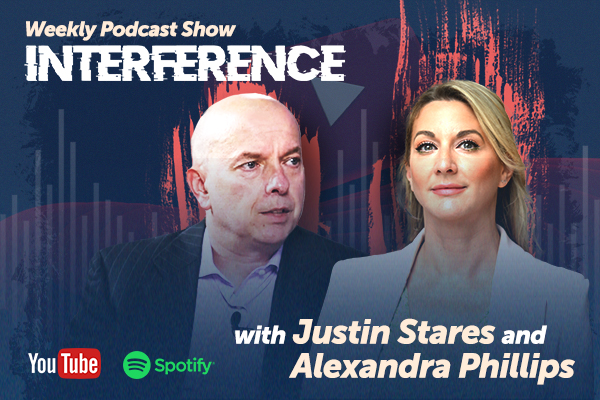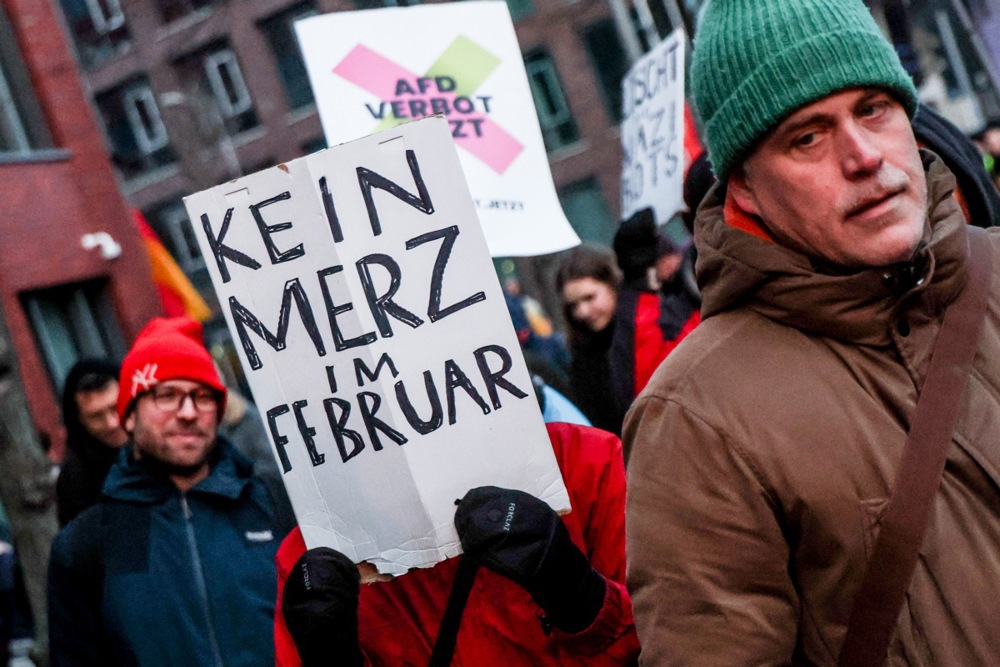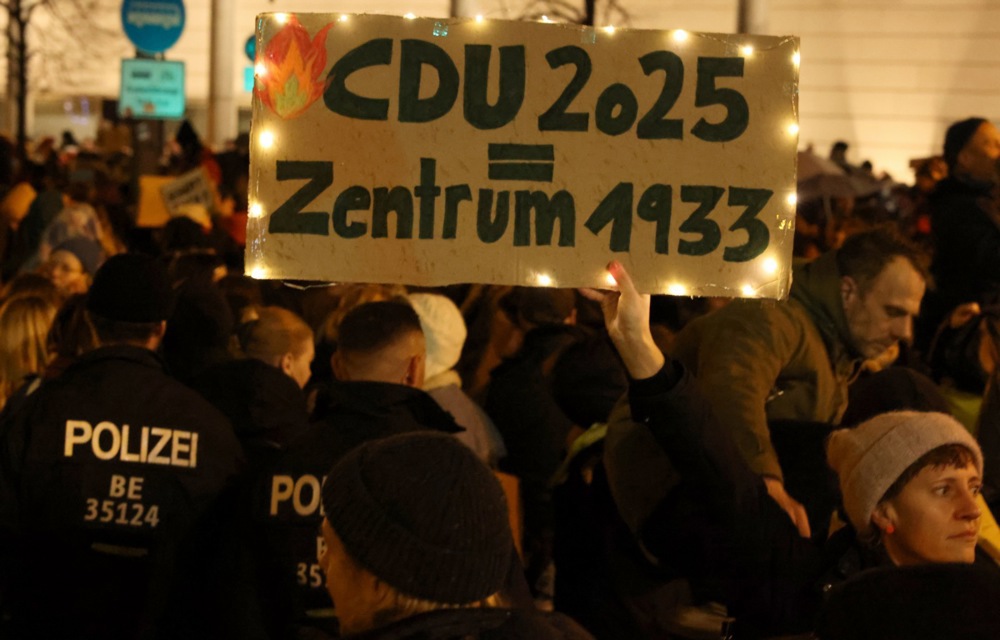Ahead of the upcoming Federal elections on February 23, Germany’s fictional under-18 (U18) federal election results has revealed a shift in youth political preferences.
Parties at both ends of the spectrum — the right-wing Alternative for Germany (AfD) and the hard-left Die Linke— saw surging support over the past four years among the young.
Between 2021 and 2025, the AfD almost doubled its youth support, rising from 9 per to 15.45 per cent, while Die Linke rose from 11 per cent in 2024 to 20.84 per cent, the results on February 15 showed.
The once-dominant Greens party suffered a significant collapse, plummeting from 31 per cent to just 12 per cent, as young voters abandoned them en masse.
U18 Elections are held ahead of every election in Germany. They play a key role in political decision making, according to deutschland.de.
The latest U18 e-ballot, held from February 7 to 14, saw tens of thousands of young Germans cast their votes in schools, sports clubs and youth centres, offering a glimpse into the political mood of the next generation.
The AfD dominated Eastern Germany as migration concerns have grown in these regions.
There, the party emerged as the top choice, securing 37.17 per cent in Thuringia and 35.59 per cent in Brandenburg — two regions that have recently experienced alleged migrant-led terror attacks.
According to Heather MacDonald, author of What is Behind the Rise of the AfD, the growing number of violent incidents involving non-EU migrants may explain the nationalist party’s rising appeal among young voters.
Speaking to Brussels Signal recently, she also argued that young Germans dismissed the establishment’s attempt to brand AfD as extremist.
“They may look around, use their reason, and say: This is not a racist Nazi party. It stands up for German interests. And there is nothing illegitimate about saying we want to control our borders,” she said.
While the AfD made gains in the East, Die Linke dominated the youth vote in Berlin and Western Germany, coming in first in the three states.
With Hessen (25.72 per cent), Schleswig-Holstein (20.55 per cent) and in Berlin (27.28 per cent), the party cemented itself as the top choice among young urban voters.
The mass defection from the Greens suggested a major political realignment, with both nationalist and Socialist alternatives gaining traction.
The data from the Under 18 election also showed that, despite its dominance in the East, the AfD struggled to break through in Western Germany, whereas Die Linke has established itself as the preferred choice among young voters across the country, often coming in second in Eastern Germany.
Die Linke secured victory in the U18 fictional federal election, winning 20.84 per cent of the vote, while the AfD placed fourth with 15.45 per cent, narrowly trailing behind the CDU/CSU at 15.74 per cent.
Despite young people’s intentions, Germany’s upcoming February 23 election will likely paint a different picture.
Data from YouGov Deutschland published on February 18, showed that currently put the CDU/CSU in the lead with 27 per cent.
For now, the U18 election remained symbolic but if these trends continued, Germany’s political future could be far more radical than at present.





